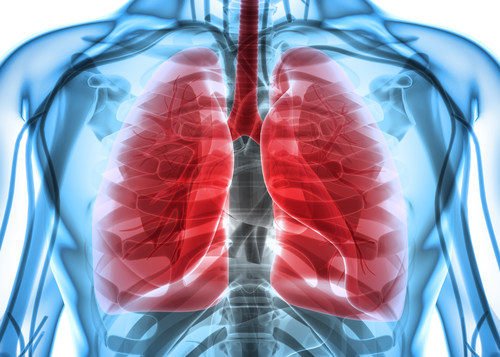Cleaning Products can be a source of Industrial Asthma also known as Occupational Asthma. There are certain occupations that account for a large percentage of these claims. This article will discuss Industrial Asthma, the occupations that are at risk for Industrial Asthma. It will also discuss caselaw on the issue as well.
What is Industrial Asthma?
Per the American Academy of Allergy, Asthma, and Immunology, “Occupational asthma has become the most common work-related lung disease in developed countries. However, the exact number of newly diagnosed cases of asthma in adults due to occupational exposure is unknown. Up to 15% of asthma cases in the United States may be job-related. Occupational asthma is caused by inhaling fumes, gases, dust or other potentially harmful substances while “on the job.” Often, …symptoms are worse during the days or nights…work[ed], [and] improve[d] when…[there is]time off and start again when…[there is a return] to work.”
What Occupations Are Impacted by Industrial Asthma?
The highest percentages worked in healthcare (41.1%), and were building cleaners (20.3%), or registered nurses (14.1%.) Cleaning Products and Work-Related Asthma 10 Year Update DOR 10.1097 JOM.0000000000001771
It has been found that Cleaners are at risk of some asthma‐associated symptoms and reduced lung function. Respiratory health in professional cleaners: Symptoms, lung function, and risk factors https://doi.org/10.1111/cea.13597
A “study found that professional cleaners have an increased risk of current asthma and reduced lung function. Cleaners identified as having asthma were more likely to be non‐atopic, less likely to have a doctor diagnosis of asthma ever, and had airway obstruction that was less responsive to bronchodilator administration. Amongst cleaners, working in cafes/restaurants/kitchens and/or use of multi‐use cleaner and upholstery sprays was associated with a significantly increased asthma risk, whilst exposure to glass cleaning sprays was associated with reduced (pre‐bronchodilator) lung function.” Respiratory health in professional cleaners: Symptoms, lung function, and risk factors https://doi.org/10.1111/cea.13597
Further, concerns of Industrial Asthma relate to domestic cleaners as well. See Job hazards and respiratory symptoms in Hispanic female domestic cleaners Kristina W. Whitworth,Brenda Berumen-Flucker,George L. Delclos,Sonia Fragoso,Claudia Mata & David Gimeno Ruiz de Porras,Pages 70-74 | Published online: 29 Apr 2019 https://doi.org/10.1080/19338244.2019.1606774 (“In conclusion, this vulnerable population has high prevalence of physician-diagnosis asthma and BHR(bronchial hyperresponsiveness) symptoms and is potentially exposed to myriad occupational hazards.”)
What Types of Agents Do Cleaners Use that May be Involved with Industrial Asthma?
“Cleaners are frequently exposed to a range of agents including chlorine/bleach, ammonia, ethanolamines, chloramine‐T, aldehydes, and quaternary ammonium compounds (QACs),7 which may contribute to both new‐onset asthma through sensitization (in a minority) or irritation, and exacerbation of pre‐existing asthma.8 Importantly, as many people worldwide, other than cleaners, are exposed to cleaning products, asthma due to, or exacerbated by cleaning products is a considerable public health concern.” Respiratory health in professional cleaners: Symptoms, lung function, and risk factors, https://doi.org/10.1111/cea.13597
Is There Any Caselaw Concerning Cleaners and Asthma?
In LAUSD vs. WCAB (2007) 72 C.C.C. 1719 (writ denied), a Health Care Assistant was found to have sustained an injury to her lungs and in the form of asthma when Applicant was exposed to toxic fumes during daily cleaning duties from chlorine gas that evaporated from hypochlorite found in the cleanser, “Dispatch.”
Is there anything Important that an Injured Worker can do if They believe that They have Industrial Asthma?
There are three things that are recommended. First, the Injured Worker should seek medical attention to diagnose and treat their condition. Second, the Injured Worker should documents the chemicals and cleaning material that they use on the job. Third, the Injured Worker should seek a consultation whether an industrial injury claim should be pursued.
What If I Need Advice?
If you would like a free consultation regarding workers’ compensation, please contact the Law Offices of Edward J. Singer, a Professional Law Corporation. We have been helping people in Central and Southern California deal with their workers’ compensation cases for 27 years. Contact us today for more information.
